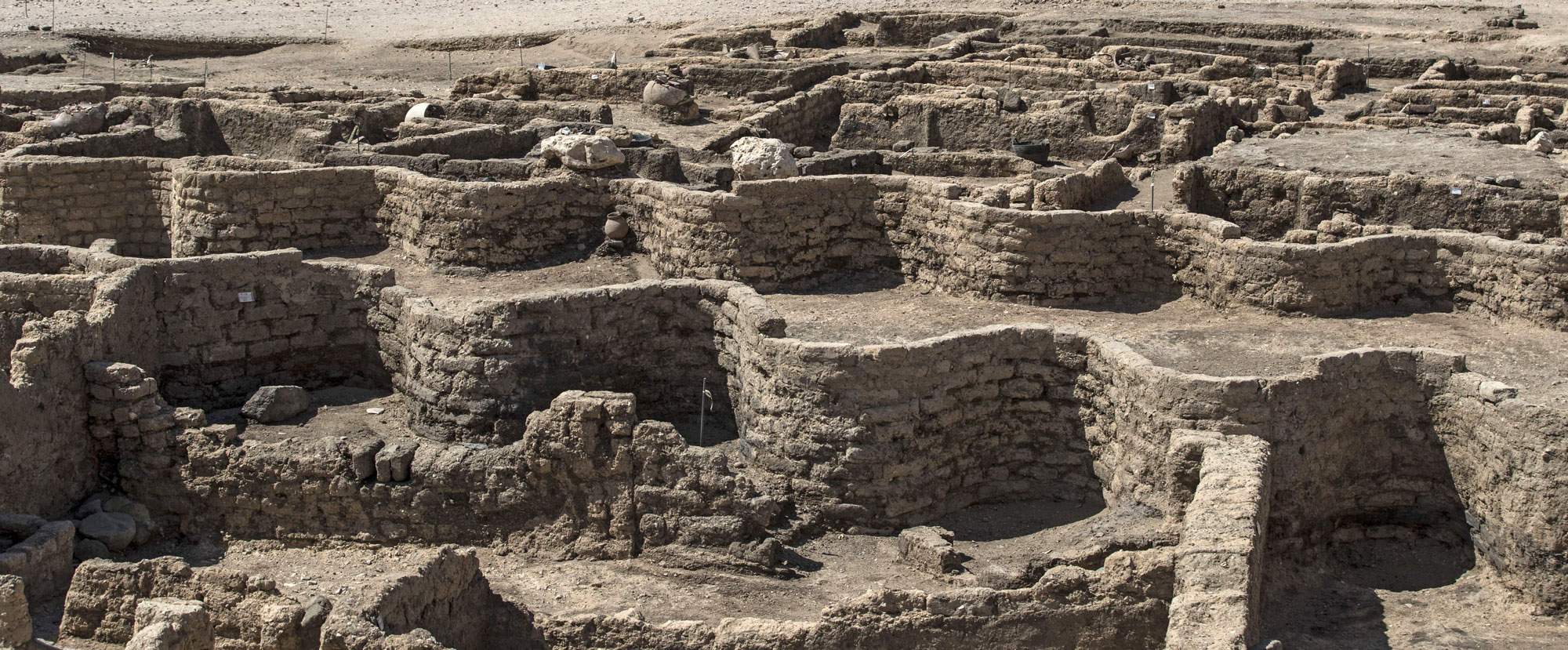BARCELONA, SPAIN—According to a statement released by Frontiers, Akshyeta Suryanarayan, Juan José García-Granero, and Marco Madella of Pompeu Fabra University analyzed residues in 4,000-year-old cooking pots and tableware unearthed at Shikarpur, a Bronze Age Indus Valley Civilization site in northwestern India. They compared what they found with residues from older, Copper Age vessels made by semi-nomadic farmers and herders who lived in Datrana and Loteshwar, two additional sites in the region. The researchers detected wild and cultivated foods in both the Copper Age and Bronze Age containers. Most of the starch grains identified in vessels from Datrana were either wheat, barley, rye, or their wild relatives, which may have been imported. Most of the starches in the vessels from Shikarpur and Loteshwar, however, came from beans. Many of the vessels from all three sites contained animal fats from omnivores such as pigs, birds, or rabbits, even though most of the animal bones from these sites belong to cattle, water buffalo, sheep, goats, wild deer, and nilgai antelope. Fats from these ruminants were used much less often in cooking. The researchers concluded that the lack of any millet in the cooking pots suggests that the staple crop was reserved for breads. Read the original scholarly article about this research in Frontiers in Ecology and Evolution. To read about analyzing faunal remains to trace the origins of Indian curries, go to "World Roundup: India."
Residues Hint at Indus Valley Civilization Foodways
News March 22, 2022
Recommended Articles
Off the Grid September/October 2025
Necropolis of Pantalica, Italy
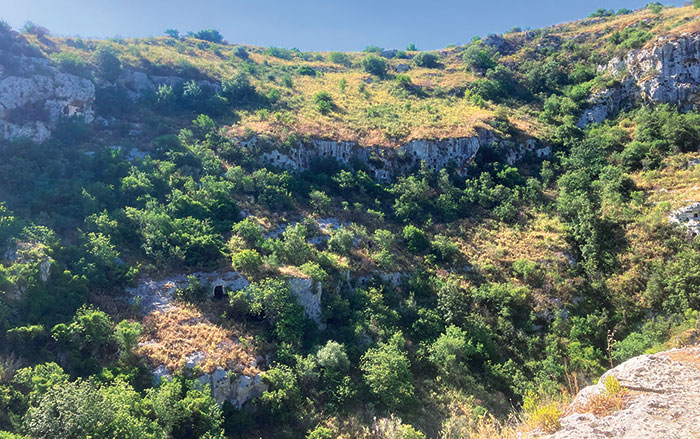
Digs & Discoveries March/April 2025
Ancient British Massacre
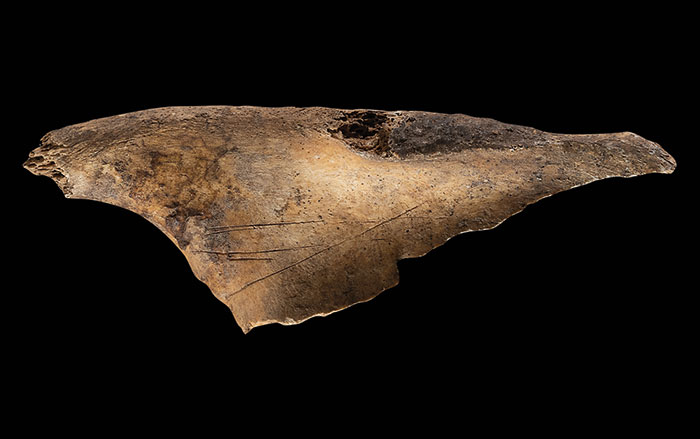
Letter from the Levant March/April 2025
On the Origin of the Pork Taboo
Exploring ancient people’s shifting beliefs about rearing and eating pigs

Digs & Discoveries November/December 2024
Bronze Age Paleontologists
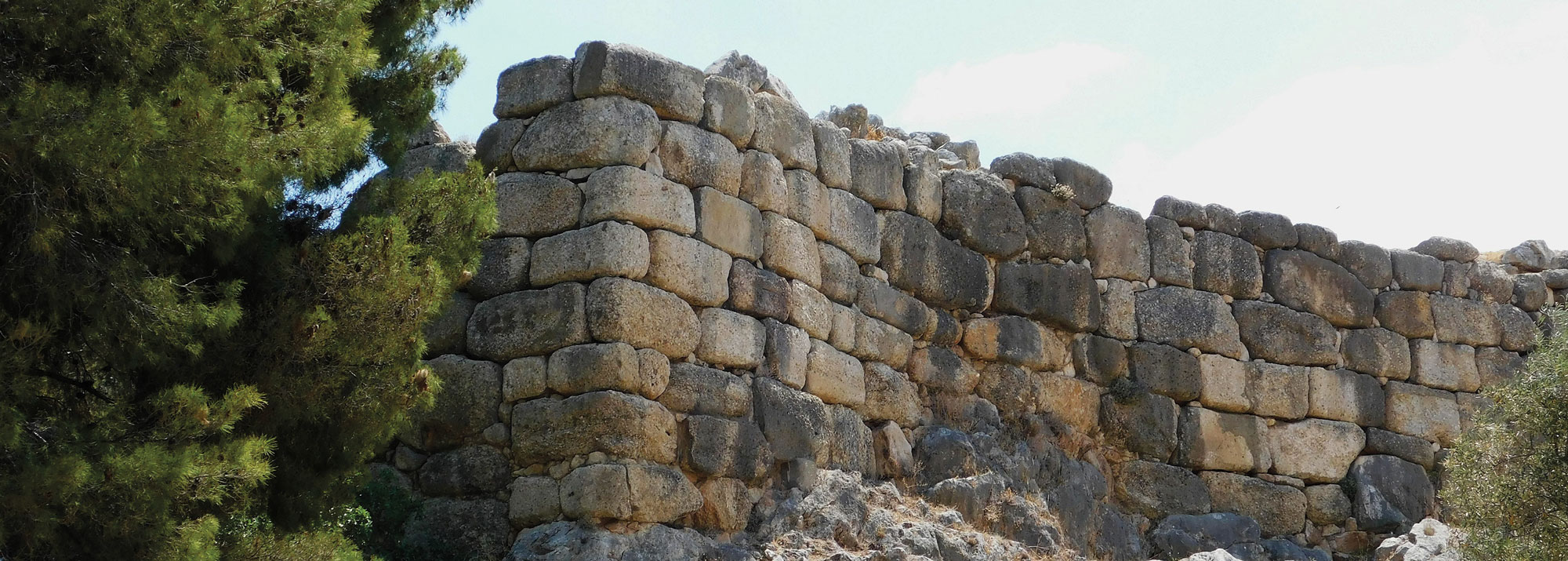
-
Features January/February 2022
At Face Value
Researchers are using new scientific methods to investigate how artists in Roman Egypt customized portraits for the dead
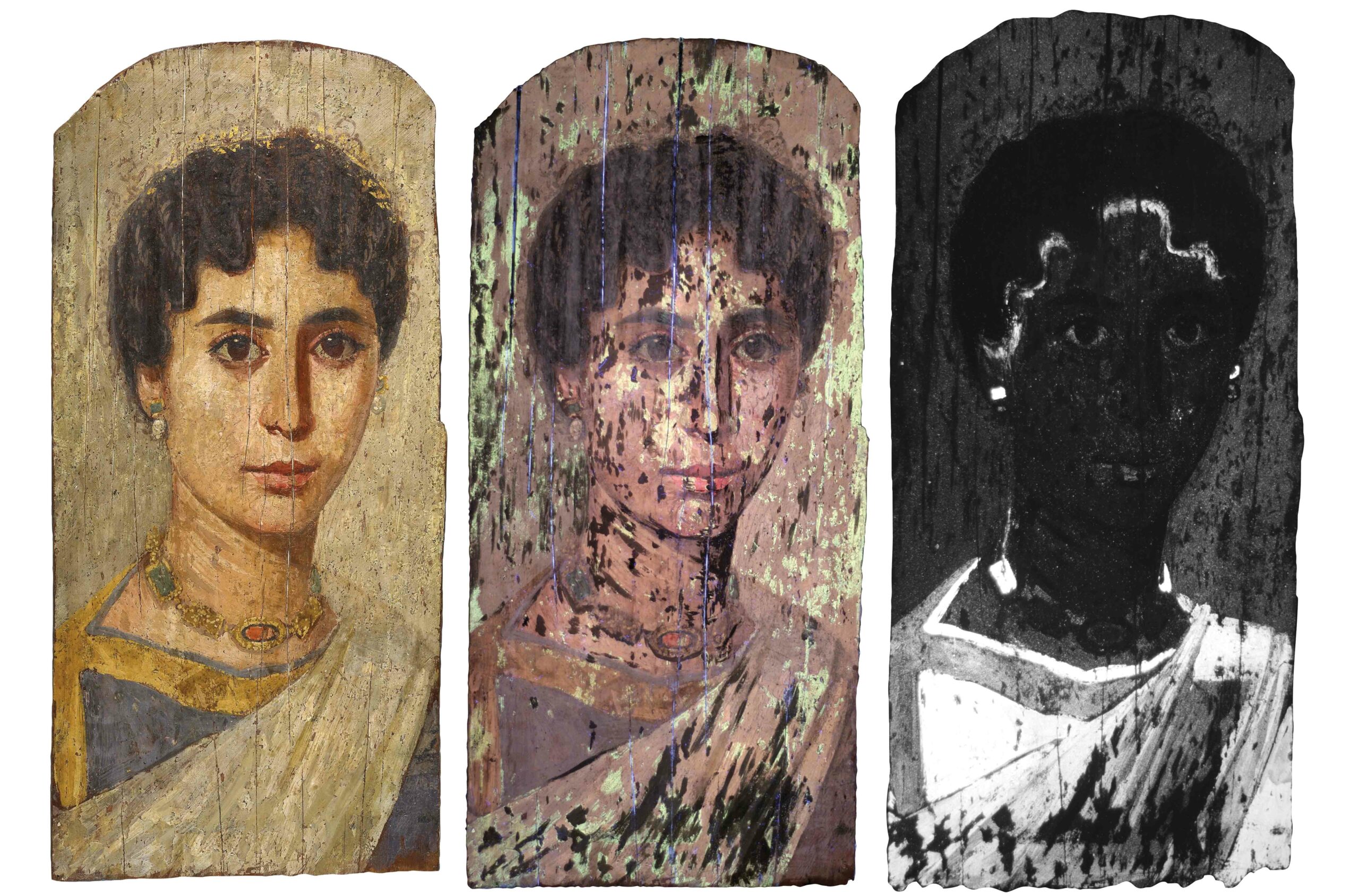 (© The Trustees of the British Museum)
(© The Trustees of the British Museum) -
Letter from the Galapagos Islands January/February 2022
Transforming the Enchanted Isles
Archaeologists uncover the remote archipelago’s forgotten human history
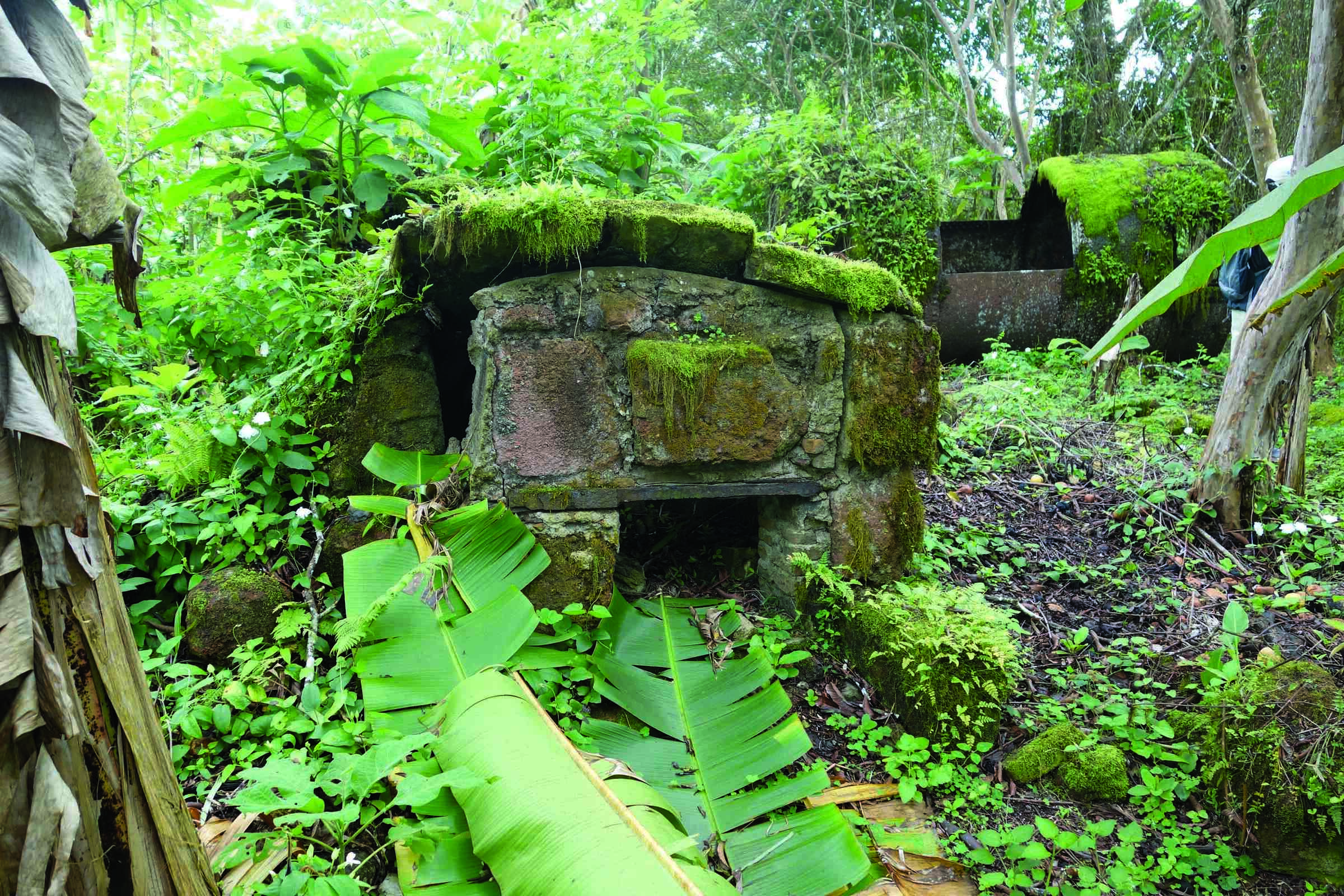 (Courtesy Historical Ecology of the Galapagos Islands Project)
(Courtesy Historical Ecology of the Galapagos Islands Project) -
Artifacts January/February 2022
Roman Key Handle
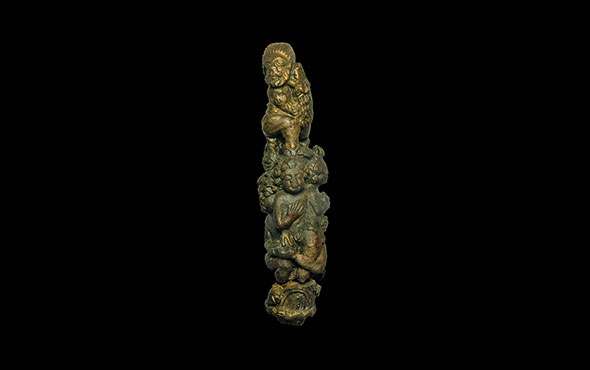 (University of Leicester Archaeological Services)
(University of Leicester Archaeological Services) -
Digs & Discoveries January/February 2022
The Roots of Violence
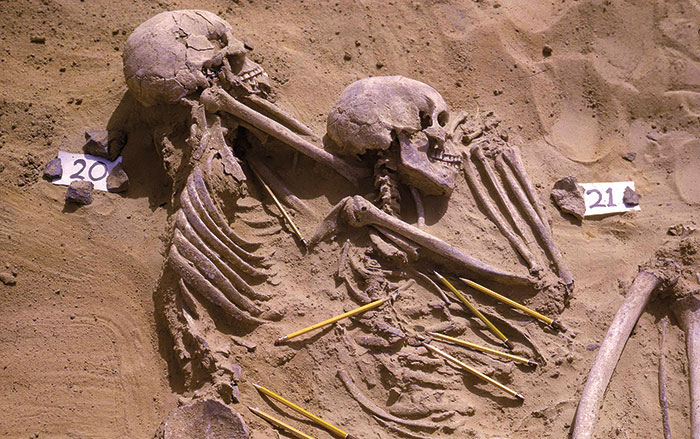 (Courtesy of the Wendorf Archives of the British Museum)
(Courtesy of the Wendorf Archives of the British Museum)


